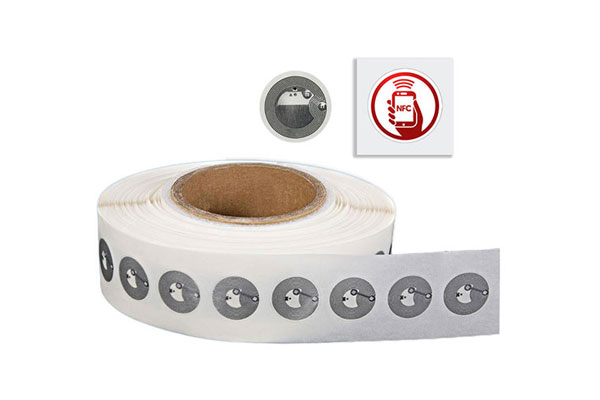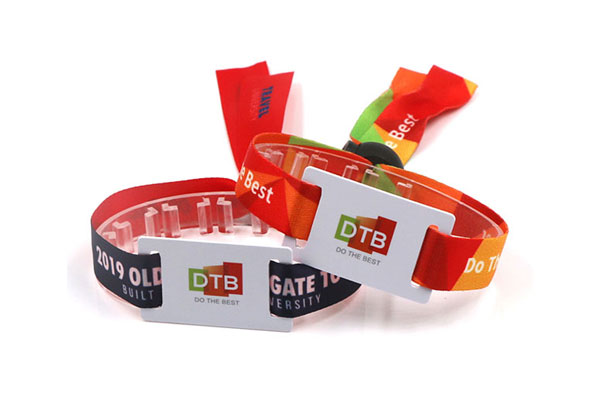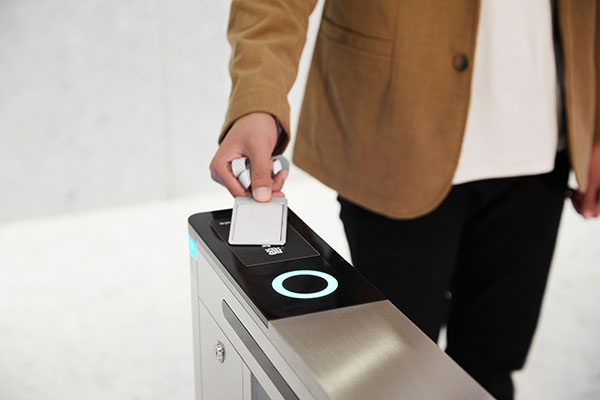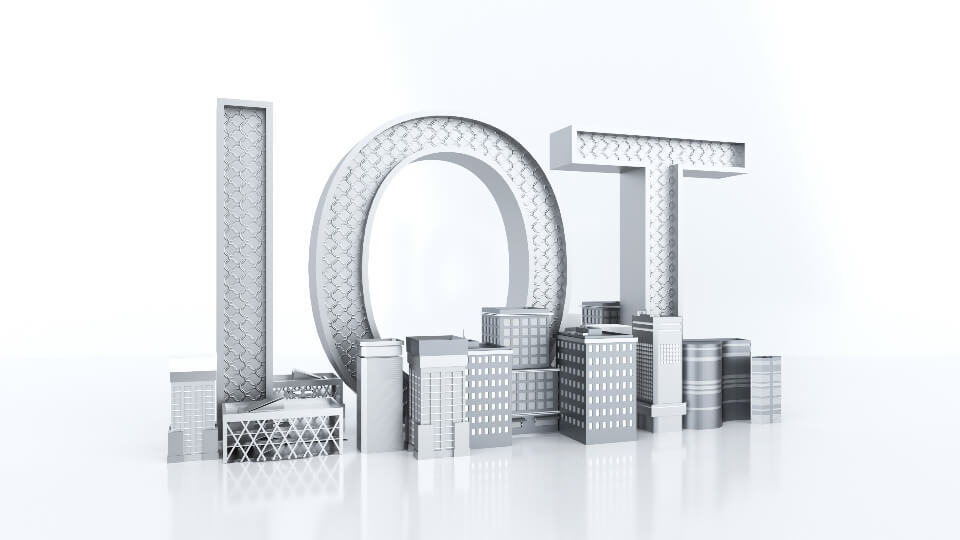In today’s rapidly evolving world of logistics and supply chain management, ensuring the efficient and secure transportation of goods is the top priority. RFID enables real-time monitoring of in-transit goods, revolutionizing the way businesses track and manage their shipments. This article will explore the concept of real-time monitoring of in-transit goods through RFID, the advantages it offers, and the implementation process.
What is Real-Time Monitoring of In-Transit Goods through RFID?
Real-Time Monitoring of In-Transit Goods through RFID refers to the use of RFID technology to track and monitor goods as they move through the supply chain. RFID utilizes radio frequency signals to wirelessly transmit data between a tag attached to the goods and a reader device. This technology enables businesses to obtain accurate and up-to-date information about the location, status, and condition of their shipments in real time.
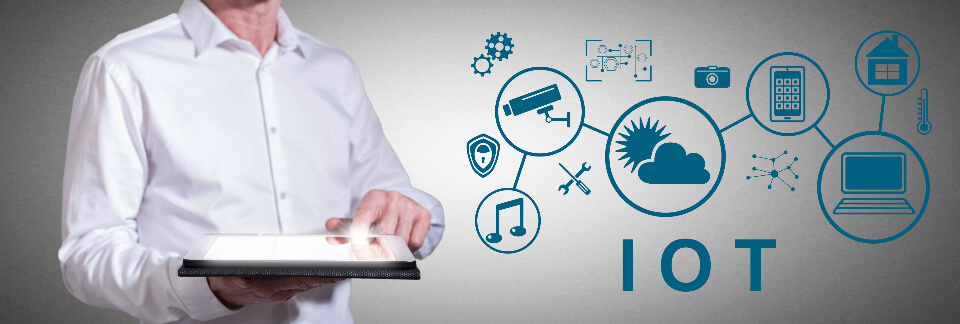
Advantages of Real-Time Monitoring of In-Transit Goods through RFID:
Enhanced Visibility: RFID provides real-time visibility into the location and movement of goods, allowing businesses to have a comprehensive overview of their supply chain. This visibility helps identify bottlenecks, streamline processes, and improve overall operational efficiency.
Improved Inventory Management: With RFID, businesses can precisely track the inventory levels of their in-transit goods. They can monitor stock levels, identify shortages or excesses, and make data-driven decisions regarding inventory replenishment, reducing stockouts and overstock situations.
Increased Security: Real-time monitoring through RFID enhances the security of goods during transit. The technology enables businesses to detect unauthorized access, tampering, or theft by immediately alerting them to any anomalies. This proactive approach helps mitigate risks and ensure the integrity of the supply chain.
Efficient Asset Utilization: RFID enables businesses to optimize asset utilization by providing accurate data on the availability and location of transport vehicles, containers, and other equipment. This information facilitates effective planning, reduces idle time, and maximizes resource utilization.
Enhanced Customer Satisfaction: Real-time monitoring of in-transit goods allows businesses to provide accurate and timely updates to their customers regarding the status of their shipments. This transparency improves customer satisfaction by reducing uncertainty and enabling proactive communication.
How to Implementing Real-Time Monitoring of In-Transit Goods through RFID:
Tagging: The first step in deploying RFID for real-time monitoring is to attach RFID tags to the goods or their packaging. These tags contain a unique identification code that can be read by RFID readers.
Reader Infrastructure: Deploy RFID reader infrastructure at key points along the supply chain, such as warehouses, distribution centers, and transportation hubs. These readers communicate wirelessly with the RFID tags and collect data about the goods.
Data Integration: Integrate the RFID data with existing systems, such as inventory management and enterprise resource planning (ERP) software. This integration allows businesses to leverage the collected data for decision-making and process optimization.
Analytics and Reporting: Utilize advanced analytics tools to derive meaningful insights from the collected RFID data. Analyze trends, identify patterns, and generate reports to gain a deeper understanding of the supply chain performance and identify areas for improvement.
Collaboration and Integration: Collaborate with logistics partners, suppliers, and other stakeholders to ensure seamless integration of RFID technology throughout the supply chain. Standardization of data formats and communication protocols is crucial for efficient information exchange.
In conclusion, RFID technology has proven to be a game-changer in the logistics and supply chain industry, offering numerous benefits that significantly impact business operations. As technology continues to advance, further innovations in RFID and real-time monitoring are expected, promising even greater efficiency, security, and customer satisfaction in the future.

